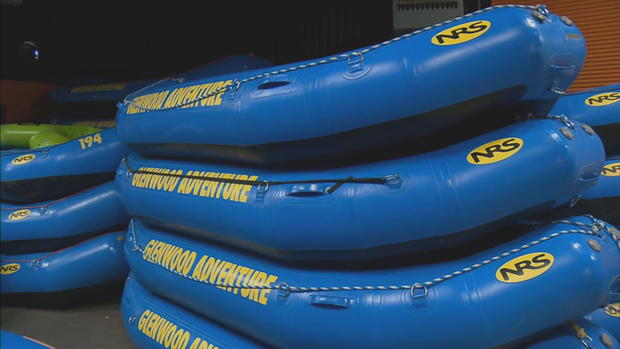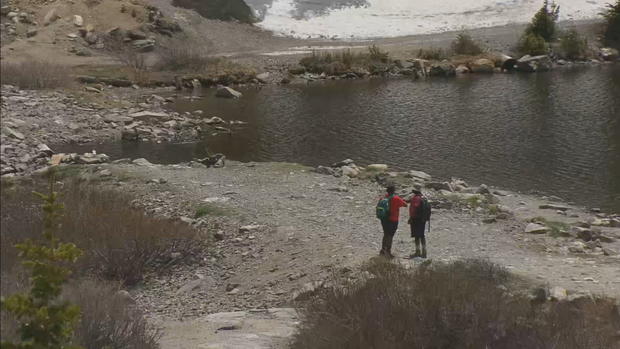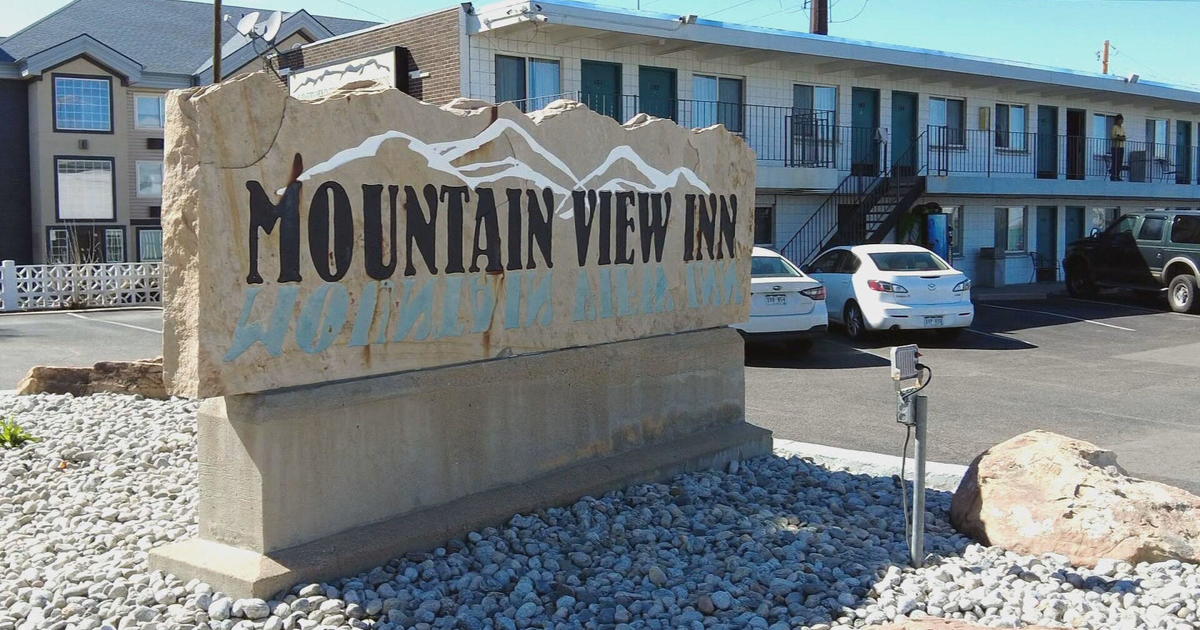Rafting Companies Make The Most Of Low Water Levels In Colorado's High Country
SUMMIT COUNTY, Colo. (CBS4) - Despite strong spring precipitation, some rafting companies in the high country are adjusting routes earlier than usual due to low water levels. Trips on the upper Blue River in Summit County were cut short earlier than usual this year.
In order to run commercial trips, the river needs to flow around 400 cubic feet per second. As of Tuesday, the flows were just above 50 cfs.
According to the USGS, the average flow for the upper Blue River for this time of year is just over 700 cfs. Denver Water says it plans to increase outflows from the Dillon Reservoir later this week, but it won't be enough for rafting.
"After a hot and dry summer that impacted soil moisture last year and a below average snowpack this season, we expect low flows in the Blue are likely to preclude a rafting season on the river. While Denver Water plans to increase outflows from Dillon up to 100 cubic feet per second later this week (from 50 cfs, currently), that isn't sufficient to push the flows up the rafting levels, which are typically 500 cfs or greater," said Todd Hartman with Denver Water in an email to CBS4. "Additional important context: Since April, Denver Water has not used the Roberts Tunnel, which conveys water from Dillon to the Front Range. That's because a wet spring east of the Divide kept water use in the Denver area low, as well as helped boost Front Range reservoirs. As a result of keeping the tunnel off, we still may see Dillon Reservoir fill this summer."
This, however, does not mean it will be a bad year for rafting. Colorado is lucky - depending on the permits, there are many places guides can pivot to.
"We've had worse years than this and there's certain rivers in the state that have guaranteed water. You know, the Arkansas River and the Colorado River have guaranteed water flows that are still fun and exciting and everywhere still has different sections so as other sections that on low water years, they're more accessible than they would be on high water years. So, even low water years open up other opportunities," said Ken Murphy, owner of Glenwood Adventure Company and Lakota Guides.
Murphy says many families aren't interested in big whitewater lines and in his experience, low water years are some of the best his company has as far as business is concerned.
"Low water years are historically our busiest years, considerably as well. More than 10-20 percent," he continued, "I don't want to generalize but ya know let's say mom makes the decision, ya know we're not hearing about floods or big water and it's a hot summer. Families still want to be on the water, and it's a safe but also still we still have the whitewater to give people a little bit of excitement so low water years are… bring it on. It's great for business."
Other areas, like northern Colorado are completely out of the drought. The Pouder River for instance is above its average flow right now. The flows are so high, it prompted the closure of one section near Legacy Park in Fort Collins.
While that's good news as far as drought is concerned, west of the divide, climate experts say there are major concerns that extend beyond the raft season.
"Anywhere west of the divide, especially those reservoirs that serve those communities and agriculture that relies on irrigation, those are going to be struggling," said Becky Bolinger, Assistant State Climatologist with the Colorado Climate Center at CSU. "We are seeing that Blue Mesa Reservoir, which is our states largest reservoir, is dropping to very low levels again and we know that the Yampa Basin in northwest Colorado, which doesn't have a lot of reservoirs but because the flows have been really low this spring, there are probably going to be restrictions for how people can use the water there."
Bollinger says it's not the driest summer by any means, but it's coming off of a previously dry year. She pointed to the drought in 2002, while it was worse, things prior were stable.
"So we had our 2002 drought but it was after a very wet period in the 80's and 90's so even though 2002 was by far the worst, it came after ya know, things were okay and that probably made it an even bigger shock to the system but what we're seeing now is sort of bad years, but they're coming very shortly after really bad years and a system that hasn't ever fully recovered from dry conditions that we've seen basically since 2002," she said.
While the drought situation varies greatly across the state, Bollinger noted it will only take a few hot days to move the needle for everyone.
"I'm still keeping a close watch on Southwest Colorado for the start of our fire season and just know that regardless of what happens in the spring, things can change quickly in the summer," she said.






